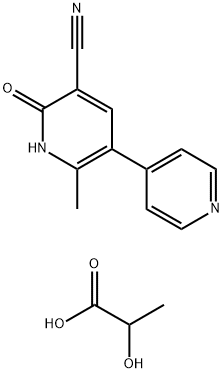SAFETY INFORMATION
| Signal word | Warning |
|---|---|
| Pictogram(s) |
 Exclamation Mark Irritant GHS07 |
| GHS Hazard Statements |
H302:Acute toxicity,oral H315:Skin corrosion/irritation H319:Serious eye damage/eye irritation H335:Specific target organ toxicity, single exposure;Respiratory tract irritation |
| Precautionary Statement Codes |
P261:Avoid breathing dust/fume/gas/mist/vapours/spray. P305+P351+P338:IF IN EYES: Rinse cautiously with water for several minutes. Remove contact lenses, if present and easy to do. Continuerinsing. |
COMPUTED DESCRIPTORS
| Molecular Weight | 301.30 g/mol |
|---|---|
| Hydrogen Bond Donor Count | 3 |
| Hydrogen Bond Acceptor Count | 6 |
| Rotatable Bond Count | 2 |
| Exact Mass | 301.10625597 g/mol |
| Monoisotopic Mass | 301.10625597 g/mol |
| Topological Polar Surface Area | 123 Ų |
| Heavy Atom Count | 22 |
| Formal Charge | 0 |
| Complexity | 478 |
| Isotope Atom Count | 0 |
| Defined Atom Stereocenter Count | 0 |
| Undefined Atom Stereocenter Count | 1 |
| Defined Bond Stereocenter Count | 0 |
| Undefined Bond Stereocenter Count | 0 |
| Covalently-Bonded Unit Count | 2 |
| Compound Is Canonicalized | Yes |
PRODUCT INTRODUCTION
description
Milrinone Lactate is the lactate salt form of milrinone, a cardiovascular bipyridine agent and phosphodiesterase (PDE) III inhibitor, with positive inotropic and vasodilator activities. Upon administration, milrinone selectively inhibits PDE-mediated degradation of cyclic adenosine monophosphate (cAMP) in the heart and vascular muscles, thereby increasing cAMP and activates protein kinase A (PKA). This leads to phosphorylation of calcium ion channels and improve myocardium contractile force. Milrinone also causes vasodilation in arteriolar and venous vascular smooth muscle.
